Urban agriculture

Journalist Sylvia Thompson looks at the history of and current status of urban agriculture.
Urban agriculture is essentially growing food in towns and cities. And while some researchers limit its definition to growing food commercially in urban areas, most experts agree that urban agriculture embraces everything from privately owned vegetable gardens, community gardens and allotments, to rooftop and balcony growing spaces and edible landscaping in public gardens and parks, as well as commercial horticulture and novel growing systems such as hydroponics within city limits.
Michael Kelly, founder of the social enterprise Grow It Yourself (GIY) says that a useful way to understand urban agriculture is to consider its purpose. “Has it a primary social function or is it about yield and production? Both are important but they are very different, require totally different skillsets and rarely overlap in my view,” says Kelly.
The history of urban agriculture
Mary Corcoran, professor of sociology at Maynooth University and researcher on urban agriculture says that it has a long history across the world. “Ancient Japanese cities had land adjacent to clusters of houses for consumption and such urban food production still exists in some Japanese cities today. And more recently urban agriculture thrived in the Global South before it became popular again in the Global North,” she explains.
Urban agriculture in Ireland is closely associated with the patterns of house building in the 19th and 20th centuries. “In Ireland, we inherited the British model of intensive city and town living where middle-class and working-class houses had long gardens for growing fruit and vegetables in,” explains Corcoran. Allotments – where councils leased land to people for nominal fees to grow vegetables in – began in the 19th century.
Then in the 20th century, the so-called “Dig for Victory” campaign in the United States, Canada, Australia, United Kingdom and Germany during World War II and so-called victory gardens in World War I and World War II encouraged people to grow their own vegetables to supplement rations and boost morale on the home front.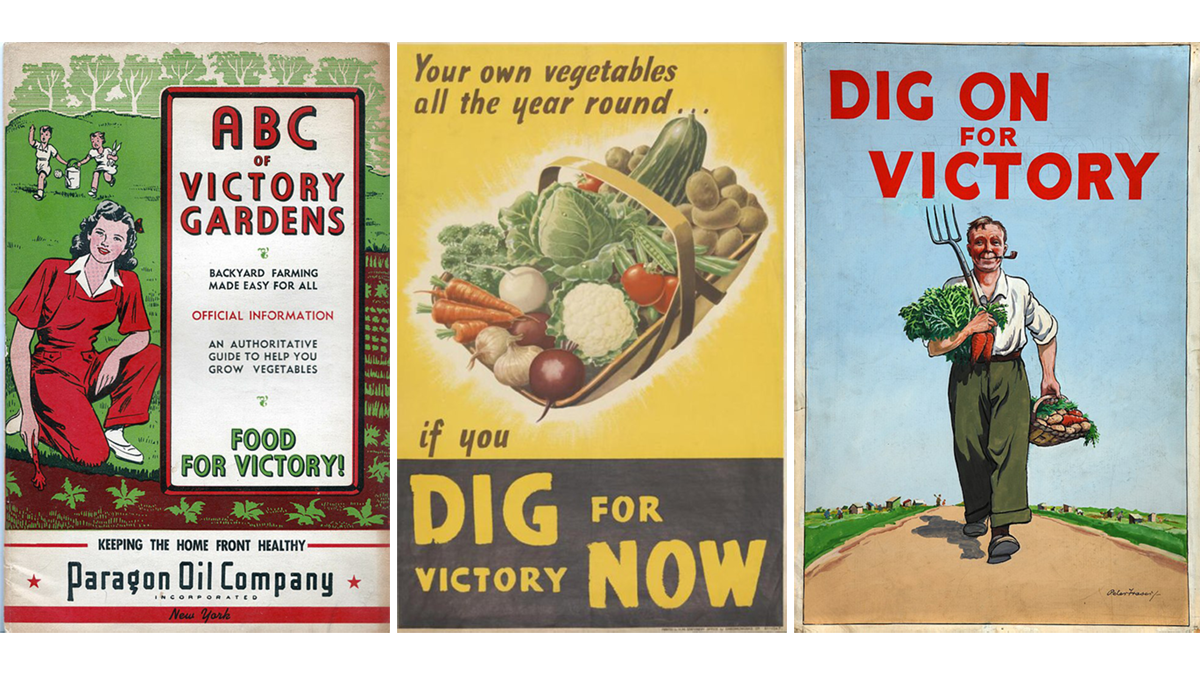
During this time, urban gardening also extended into schools and householders were encouraged to keep hens in their back yards for eggs. The fact that agricultural labourers were recruited into military service during wartime and that many farms were devastated during military conflict meant that even waste ground, railway edges, ornamental gardens, lawns, sections of parkland and some sports fields and golf courses were requisitioned for animal farming or vegetable growing. At one point during World War II, about one third of the vegetables produced by the United States came from victory gardens.
“The growth of consumer culture in the 1950s and 1960s resulted in people questioning the value of growing their own produce when they could buy them cheaply in shops” Mary Corcoran, Maynooth University.
Allotments also thrived in the post-war years as people had got into the habit of growing much of their own food. However, the easy access to cheap food in supermarkets from the 1950s onwards saw a decline in vegetable gardens and orchards in many parts of the world. “The growth of consumer culture in the 1950s and 1960s resulted in people questioning the value of growing their own produce when they could buy them cheaply in shops,” says Corcoran.
Throughout the 1970s, 1980s and 1990s, particularly in the United States, urban agriculture became more about social and environmental justice groups reclaiming vacant patches of land to highlight environmental issues and community deprivation.
Back to the land
Corcoran suggests the resurgence of urban agriculture in Ireland was linked to the financial crash of the late 2000s. “It was a reaction to the financial crash of 2008/2009. People had lost the run of themselves, and the crash led to a recalibration of values which brought people back to the land,” says Corcoran.
And while Corcoran contends that urban agriculture won’t change the availability and demand for food in cities, it can change our attitude towards it. “We have become so used to having whatever we want whenever we want it. But growing food gives people the capacity to think a little bit more critically about our food system,” she says.
It’s no coincidence that Michael Kelly began his GIY social enterprise in 2008. “We were fortunate to get our hands on 3 acres of prime land from the council in the recession on a 100-year lease. We might not have been so lucky 3 or 4 years later,” says Kelly.
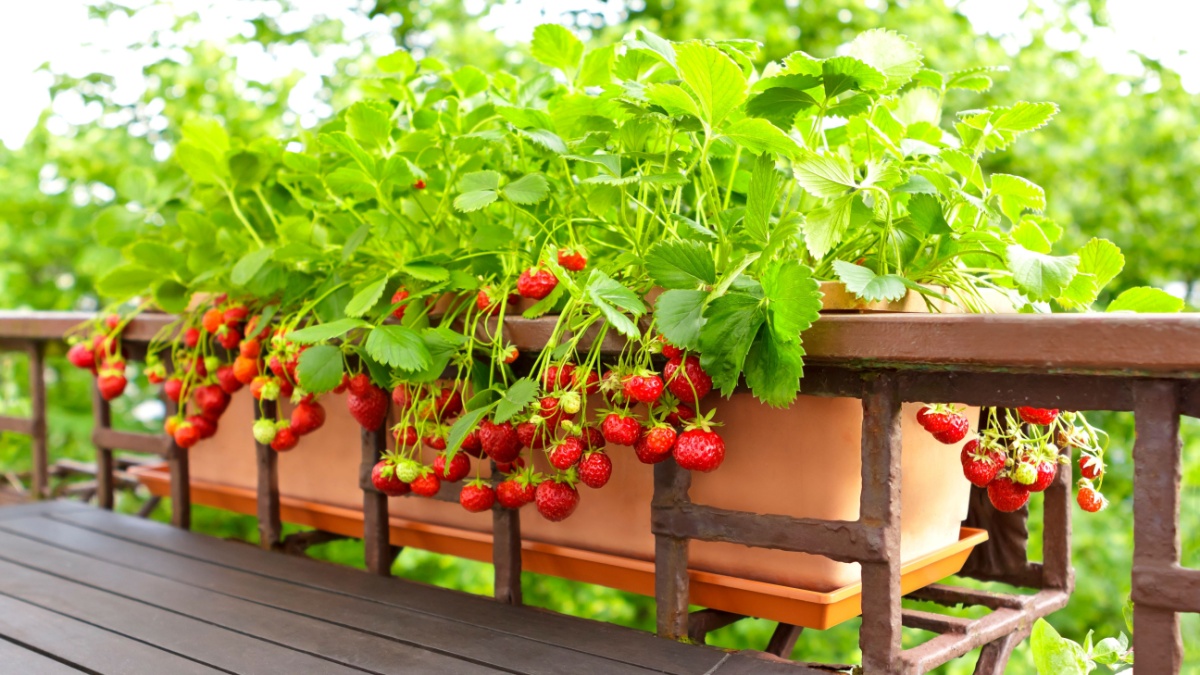
Kelly’s enthusiasm for people to learn how to grow what they could in their gardens, yards or even on balconies resulted in GIY groups setting up in towns and cities across Ireland during the recession. The Grow HQ on the Dunmore Road in Waterford City, which opened in 2016, incorporates a zero-waste café, an organic garden and educational spaces for cookery and growing courses.
Meanwhile, in the United States, during Barak Obama’s presidency, Michelle Obama planted a 100 metre-squared kitchen garden on the White House lawn, following in the footsteps of the former First Lady, Eleanor Roosevelt. Both women were on a mission to raise awareness about the importance of access to healthy food.
However, the international interest in growing food in urban areas is not only deeply connected to the desire to give people access to healthy, fresh, local food. As international awareness of the dangers of unrestrained climate change grew, education around the importance of sustainable food systems including the reduction of food waste and carbon emissions reached global audiences.
The Citizens’ Assembly on Biodiversity Loss in Ireland recognised that the co-benefits of community growing spaces stretch well beyond tackling global warming and biodiversity loss. “They also include educational, cultural, physical, mental and social health benefits,” the report concluded.
Researchers have also identified how well functioning community gardens and allotments can counteract the effects or urban alienation. “Allotments present a field of activity where people are not passive consumers but active participants which counteracts the effects of urban alienation,” wrote researchers, Mark Purcell and Shannon K Tyman in their paper, Cultivating food as a right to the city.
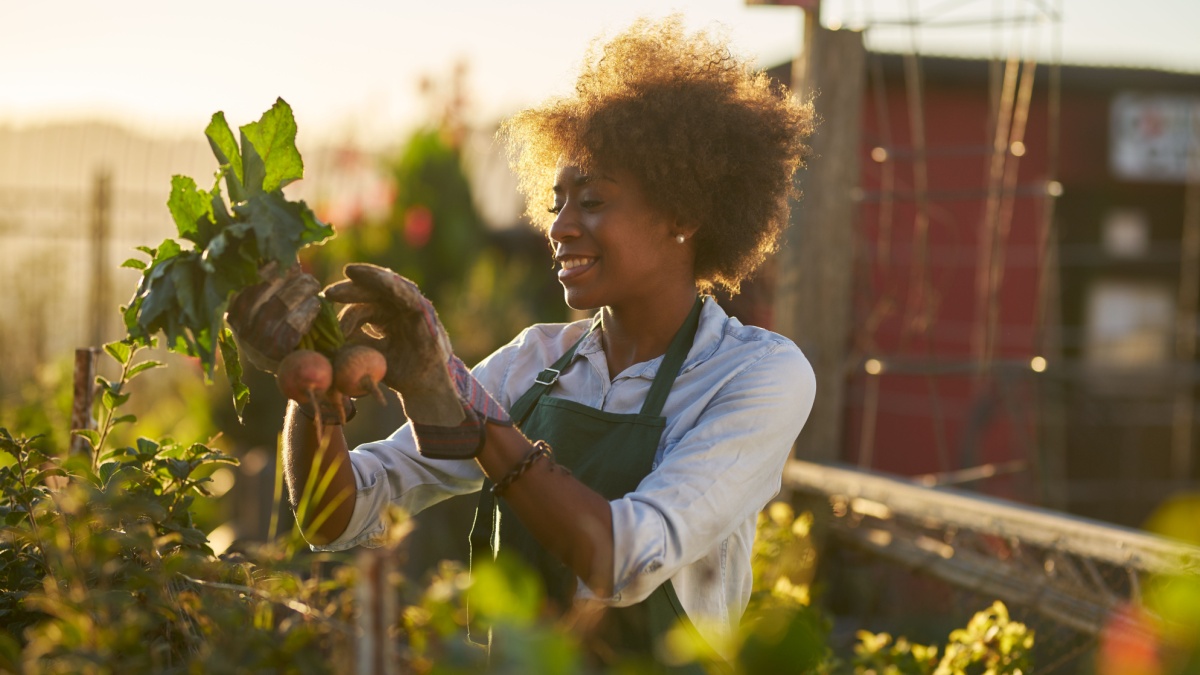
The sharing of knowledge – and often produce – in such settings creates a more egalitarian environment where your societal status or wealth becomes meaningless in the communal pursuit of growing food. Community gardens have also become a welcoming space for new arrivals into Ireland where local people can also be introduced to new crops and cuisines. In Ireland, the Community Gardens Ireland (CGI) volunteer network of over 100 community growing spaces developed to advocate and campaign for more stability for existing community gardens and allotments in Ireland.
A shortage of sites
According to the Local Government Management report in October 2023, local authorities provide about 2,500 community growing spaces – 2400 of which are allotments and 97 of which are community gardens. Serviced allotments are also provided by private landowners in some parts of the country.
But unlike in some countries such as Denmark, where legislation in 2001 made many public allotments permanent, Ireland’s community gardens and allotments exist on short term leases. And while many thrived during the recession, pressure to build more houses has resulted in the closure of some community gardens. The much loved and widely used community garden in Weaver Square in Dublin city centre now has social housing built on it.
Green Party TDs, Steven Matthews and Marc O’Cathasaigh have been pushing for inclusion of an obligation on local authorities to reserve land for the provision for allotments and community gardens in the Planning and Development Bill (2023) which is currently passing through the Houses of the Oireachtas.
At the moment, almost a quarter of all local authorities do not have a policy on community growing spaces. The National Strategy for Horticulture 2023-2027 also includes a commitment to “work with local authorities to implement and support community gardens and allotments to encourage enthusiasm for gardening/growing to promote fresh produce consumption and healthy eating.”
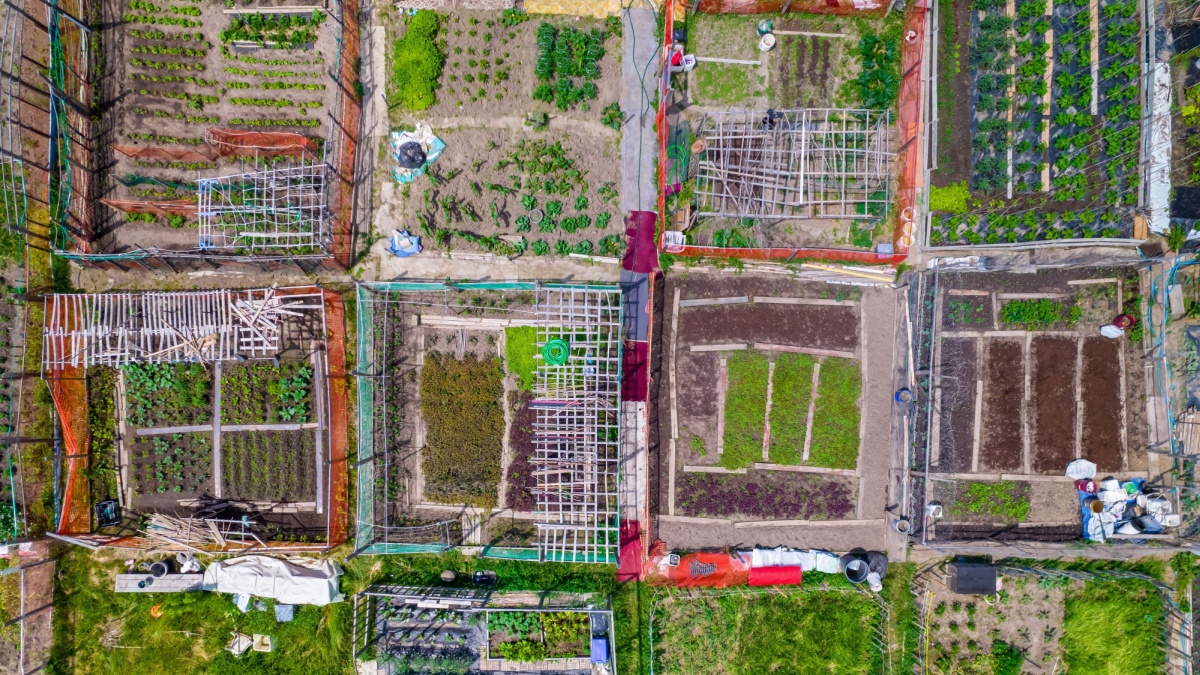
Urban farms
But, as is often the case, the trailblazers of any movement are often the ones that really have the most impact. In Ireland, these local champions include Michael Kelly, those who run educational events at Airfield Estate, the beautiful urban farm in the Dublin suburb of Dundrum, and more recently Brian McCarthy, who started the Cork Rooftop Farm during the first Covid-19 lockdown in 2020.
At Airfield Farm, three acres of the 38 are set aside for growing fruit and vegetables for the on-site restaurant. The farm also has a small number of cattle, sheep and hens. And a beekeeper from County Wicklow tends to the four beehives on the grounds.
“We have recently opened a community garden which is run by local volunteers. Our gardeners work with them and local groups such as people from Direct Provision who come to work in it,” explains Claire McEvilly, CEO of Airfield Estate. She suggests reconnecting people with where their food comes from can encourage people to cook from scratch and eat more healthily which ultimately can result in the reduction of levels of obesity.
McEvilly would like to see urban farms incorporated into new housing developments like is happening in the Austrian village of Rothneusiedl near Vienna where the Zukunftshof (Future Farm) project is developing urban agriculture projects with residents. “Take for example, Cherrywood in South Dublin where supermarkets, schools and football pitches are being planned next to housing. But where is the urban farm? Is there a way to replicate Airfield in new developments as they are being built?” she asks.
The need for government support
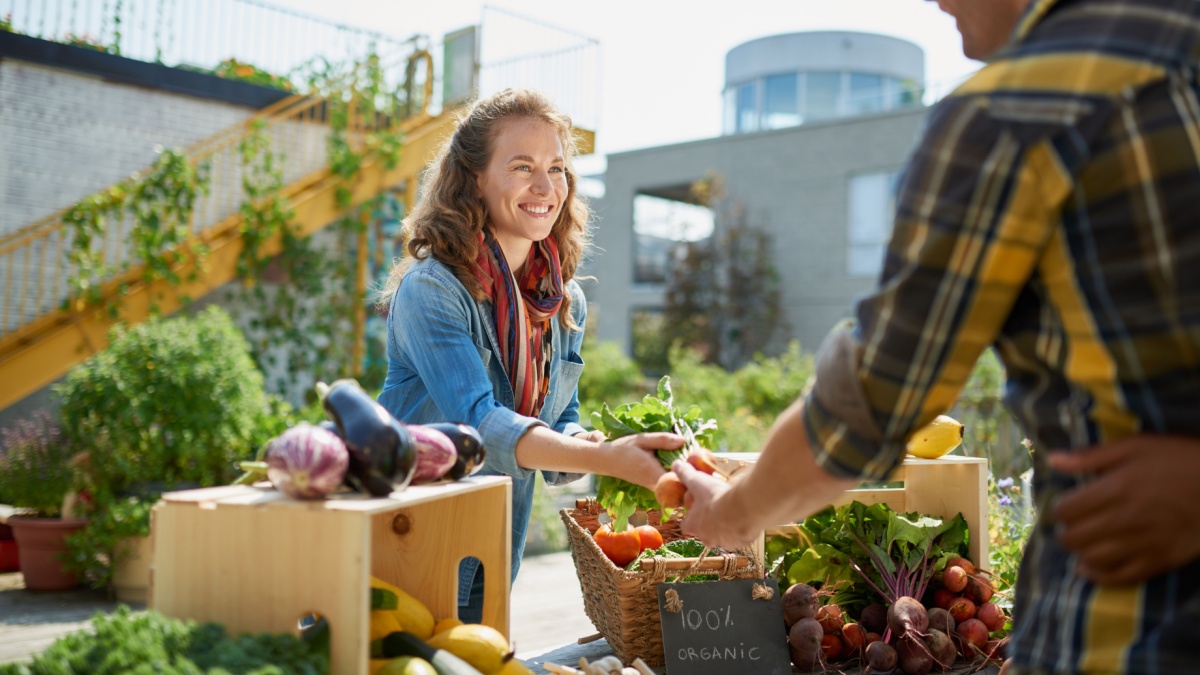
Kelly also believes that the Government could support urban agriculture more. “Why not mandate that all housing, apartment and school developments in our towns and cities have an urban agriculture aspect to them?” he asks. There are also numerous studies showing how such green spaces can reduce urban heat effects, improve air quality and biodiversity thus making our cities more liveable. “Food growers eat more local food and plants while also reducing their food pollution and food waste. Even if they only grow one per cent of their own food, this has the potential to change how they approach the other 99 per cent,” says Kelly.
Brian McCarthy, founder of the Cork Rooftop Farm (which will be open to the public in the autumn of 2024), is also involved in the Cork Food Policy Council. “We are developing a food hub for Cork city to give growers – particularly organic vegetables growers – opportunities to grow in urban areas,” he explains. Cork Rooftop Farm currently has a lease on 60 acres of land within the city boundaries, some of which could be used by other food producers.
“We currently import 85 per cent of our fresh fruit and vegetables. There is zero reason why we can’t grow more potatoes, carrots, onions, brassicas, garlic and even tomatoes and cucumbers on a seasonal basis” Brian McCarthy, Cork Rooftop Farm.
The lack of sustainably grown local food is a huge issue, according to McCarthy. “We currently import 85 per cent of our fresh fruit and vegetables. There is zero reason why we can’t grow more potatoes, carrots, onions, brassicas, garlic and even tomatoes and cucumbers on a seasonal basis,” says McCarthy. And although he acknowledges that vertical farming systems such as hydroponics is a solution for countries struggling with climate and lack of soil, he doesn’t approve of its use in temperate climates with an abundance of soil such as Ireland.
“It’s hugely expensive and many systems use inert unsustainable products to grow produce in. There is also a high use of inorganic fertilizers, pesticides and herbicides,” says McCarthy. And yet, commercially-run vertical farming and micro-farming either with soil or soilless using hydroponic, aeroponic and aquaponic systems have become popular approaches for growing salads, herbs and some soft fruits in indoor urban spaces in several countries around the world, including Ireland.
Are cities clean enough to grow safe food?
Food safety experts caution the development of large-scale outdoor urban farms without first checking for high levels of air-borne pollutants or contaminants in the soil. For example, an urban farm sited next to a large road intersection or a motorway carries risks of high levels of nitrogen oxide, particulate matter and other air-borne pollutants getting into the food. Similarly, former industrial zones or public parks built on top of former dumps are not suitable sites for urban farms unless impermeable barriers can be used underneath new layers of soil.
A Food and Agriculture Organisation article on the food safety considerations for agriculture within urban spaces suggests that turning brownfield sites into areas that are safe and suitable for food production isn’t always straightforward and requires monitoring of contaminants in the spaces. Access to a constant supply of clean water is another key issue.
However, all things considered, it seems that urban agriculture – both commercially driven food production within city limits and social growing projects – are on the rise again. And as imported food supplies continue to be threatened by extreme weather events (remember the shortage of Spanish peppers due to drought in the summer of 2023), growing more food locally seems like an eminently good idea.




